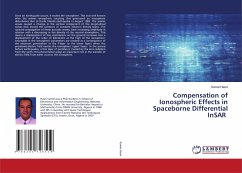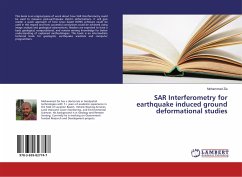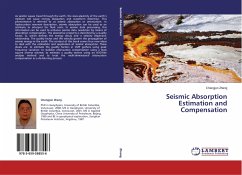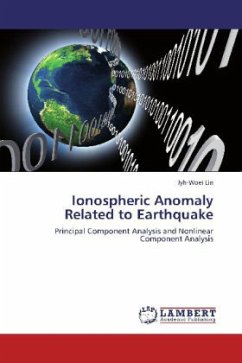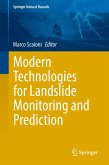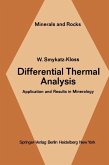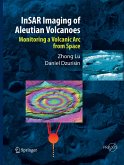Once an earthquake occurs, it excites the ionosphere. This was well known after the seismic ionospheric coupling that generated an ionospheric disturbance due to Kurile Islands earthquake in August 1969. The seismic waves caused a change in the vertical component of the longitudinal waves that moved the contours of constant electron density layers. The upward propagation of these acoustic waves, have increasing amplitude in relation with a decreasing in the density of the neutral atmosphere. This means a displacement of few centimeters on the ground increases into a displacement of the order of kilometers at the high of the ionosphere. Anomalies in the ionospheric parameters are created as a consequence of the electrons penetration in the F-layer to the lower layers when the preseismic-electric field excites the ionospheric upper layers. In the period before earthquakes, a thin layer of particles is created by the ions radiation from the earth; this phenomenon plays an important role in the transfer of electric field from earth crust to the ionosphere.
Bitte wählen Sie Ihr Anliegen aus.
Rechnungen
Retourenschein anfordern
Bestellstatus
Storno

